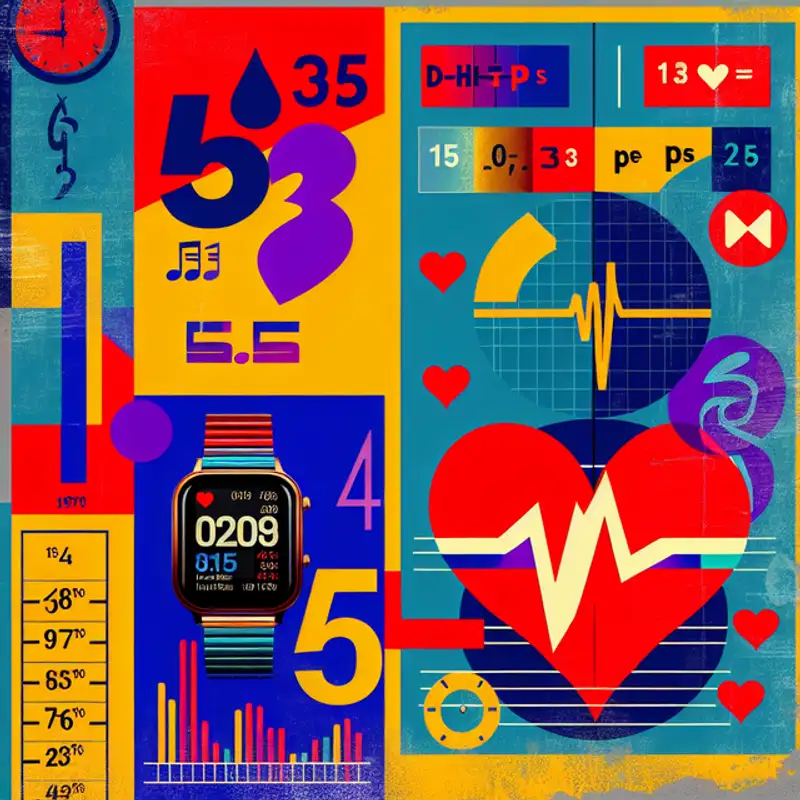 Episode
Episode
· 02:53
Here’s a heart-smart hack that’s less about miles per hour and more about math per day: a new study from Northwestern University’s Feinberg School of Medicine introduces a fresh way to measure your cardiovascular health using data your smartwatch already tracks. It’s called daily heart rate per step—or DHRPS—and it’s as simple as dividing your average resting heart rate by your daily step count. The result? A single number that reveals how efficiently (or inefficiently) your heart is working. According to lead author and med student Zhanlin Chen, “It’s a measure of inefficiency…You’re just going to have to do a tiny bit of math.” And while DHRPS doesn’t account for exercise heart rates, the study—analyzing data from nearly 7,000 Fitbit users—found it could be a powerful predictor of chronic conditions like diabetes, stroke, and heart failure. Looks like your resting heart rate and step count just had a smarter baby.
Key Points:
Takeaway: With just one division problem a day, you might uncover a powerful predictor of your heart health—and get ahead of possible future risks by spotting inefficiencies your daily step count or resting heart rate might mask on their own. Keep your steps up, your heart strong, and your math sharp.
Link to Article
Listen to jawbreaker.io using one of many popular podcasting apps or directories.